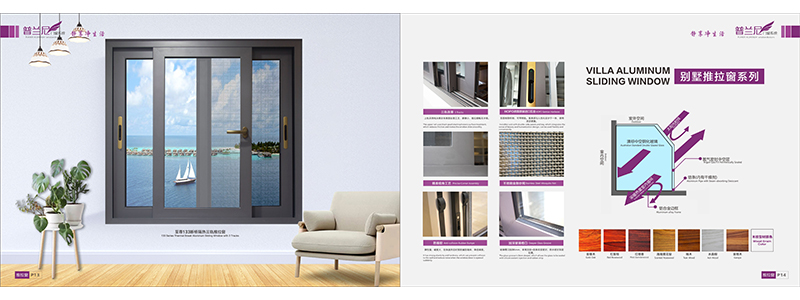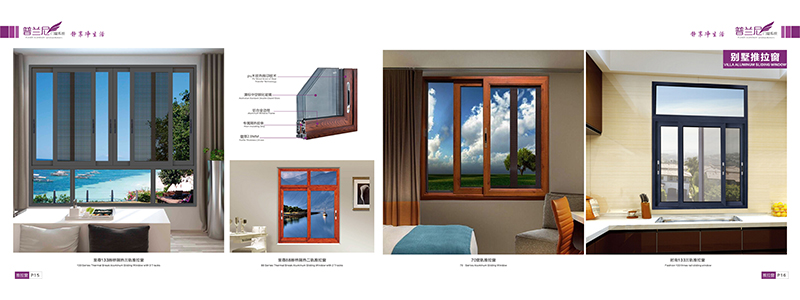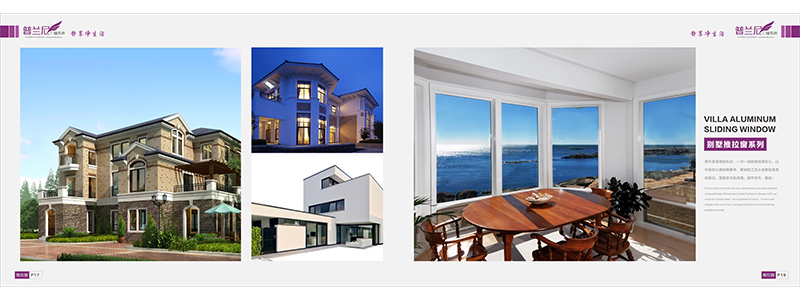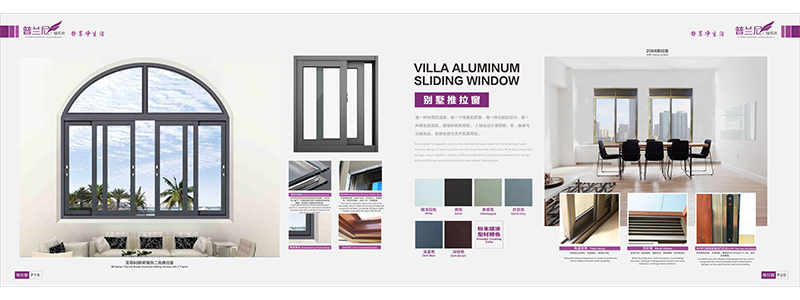But in the printing process, due to the limitations of the performance of the original ink, it is impossible to make a large range of adjustments. Another intuitive point is that it often leads to an increase in the cost of thinners, especially in the current oil prices.
Before increasing the solvent, it must be considered whether the color density of the ink becomes lighter, that is, under the same solvent ratio, the viscosity of the packaging printing ink is also different. For example, after adding 30% solvent, the solubility, hydrogen bonding force, volatilization rate balance, surface tension, etc. should be considered.
Generally speaking from the solvent ratio, the following three formulas have their own advantages:
Formula 1: Xylene 9.6; butyl acetate 9; ethyl acetate 26.4; toluene 55 (its properties are: volatilization rate 2.94; solubility 8.98; hydrogen bonding force 18.18; surface tension 26.9; molecular weight 90.55)
Formulation 2: Toluene 70; ethyl acetate 30 (its properties are: volatilization rate 2.94; solubility 8.98; hydrogen bonding force 18.12; surface tension 27.1; molecular weight 90.86)
Formulation 3: Toluene 73.3; ethyl ketone 26.7 (its properties are: volatilization rate 2.94; solubility 9.05; hydrogen bonding force 18.18; surface tension 27.09; molecular weight 84.72)
Brief analysis from the above three formulas:
1. Viscosity: formula â‘¡ has high viscosity, formula â‘ has moderate viscosity, and formula â‘¢ has the lowest viscosity.
2. The drying speeds of the two solvents alone: ​​①, ② and ③ seem to be the same, but there are still differences. For example, formulas ①and ③ have the same volatilization rate, but ③ has a low viscosity, and drying with low volatility is relatively fast.
3. In terms of cost comparison, â‘¢ is slightly higher than â‘ . But â‘¢ the odor and adhesion of butanone which are easy to remain are slightly worse than â‘ .
4. Compared with comprehensive benefits, formula â‘¡ has low cost, high viscosity, good adhesion, low odor, and better solubility. However, in the actual packaging and printing process, in terms of the solvent volatilization balance of the ink film formation, the formula â‘ is better than â‘¡, â‘¢, because the volatility rate of multiple solvents is the same in conversion, but due to multiple (mixed ) The solvent dilutes the ink and improves the printing suitability range of the package printing, so that the printing manufacturer has a wider choice of solvents and the adjustment surface of the printing machine speed. Because the single solvent's volatilization in the process of independent packaging and printing is due to the slow volatilization of the front and back (the process of printing graphic ink film formation) and drying. When the wet ink film of its printing ink reaches a certain interface strength, it will solidify to form a film. The formation process of the printed graphic ink film also correspondingly slows down (slows down) the solvent that the printed ink film has to volatilize (run away) in the future, and extends the complete drying time of the printed graphic ink film (drying out), As a result, the phenomenon (fault) of sticking with adhesive tape after printing and falling off occurs. For this reason, general printing operators will choose solvents with low molecular weight (that is, low viscosity) and fast film formation to dilute the ink for printing. Low molecular weight solvents are the usual method of cutting the printing ink filament head too long.
2. The purpose of using wax additives to add wax or increase wax is to reduce the above-mentioned consequences caused by too long filament heads in the packaging and printing process of ink, followed by solving the ink system's color, filler sedimentation and agglomeration and ink film hardness And can effectively increase the thickness of the ink film in the packaging printing process of the ink.
However, excessive addition will often hinder the volatilization of the solvent in the printing ink system, the complete drying, the surface skinning and the transfer of the ink, the poor fluidity of the transfer printing process, the reduction of the surface gloss and so on. Therefore, it is indeed very effective in solving the problems of packaging paste, adhesion, and covering, but excessive addition will accelerate the softening of the ink film, so that when the printing transfer friction ink heats up, ink splashing occurs.
3. Increasing the ratio of color and filler. The increase of solid color and filler is a very convenient way to reduce the film formation process of packaging printing ink. Its role is to disperse the coating ratio of the resin (competitive adsorption) to inhibit the filament head from being too long. Its ultimate purpose is to prevent the printing machine from sticking to the packaging and printing products and printing graphics and ink due to the length of the filament head after slow to fast Thinning and thickening of the film; trailing to eliminate edge ghosting due to the flow of ink; ink is remedied due to poor transparent hiding power.
Fourth, increase the proportion of organic dispersant. Its function is to reduce the shortening of the ink head (viscosity) required for printing due to the shearing of the agitated and ground rolling ink during the ink making or printing process.
However, excessive plasticization (as far as possible, do not choose plasticizer-type dispersants) the addition of dispersants tends to reduce the adhesion of the packaging printing ink film and the composite glue or the compound when squeezed and dried. Generally, the TM-3 of Tianyang Chemical Plant is added during ink manufacturing or printing, which not only prevents the resin from swelling excessively under the action of the solvent, but also restricts the unrestrained extension of the filament of the resin solution (because the polymer resin When there is an external force to pull it, curling and stable molecules will gradually elongate) elongate. However, as a printer, it can be added temporarily during use. Do not add plasticizer because of the length of the filament, otherwise the filament will be stretched again.
5. The easiest way to add emulsifiers is to add bentonite or white carbon black. After sufficient stirring and dispersion, hydrogen bonds are formed between the silanol groups, resulting in a main network structure, and thickening the ink film. The latter often causes the ink to swell due to its intervention. When the solvent is added to dilute the printing, the hue of the general printed graphics and text becomes lighter due to the falsification.
Sixth, the choice of resin or mixed connection technology Whether it is glue, lead, screen printing or gravure ink on the inside and outside, it is better to choose the resin binder corresponding to the speed of the printing machine as much as possible, that is, the faster the speed, the better the resin The lower the viscosity, the shorter the head. For example, the connecting material (ie resin) of the gravure compound printing ink system is designed around the CPP or CEVA with high chlorine content.
First, the higher the chlorine content, the easier it is to disperse, the lower the viscosity and the shorter the filament end. However, when the packaging ink and the printing material are compounded, it is often directly related to the adhesion fastness of the ink and the printing material, because although the thread head of the resin with high chlorine content is short, the ink crystallization phenomenon in the printing process is gone, and the gelatinized The possibility is also small, the viscosity is low, but the compound fastness is reduced, the stability of the ink during storage is also reduced (such as precipitation, foam, etc.), and the floating color of the printed graphics appears during the printing process and many more.
Second, in order to solve the above problems, usually more than two resins are used to make ink or ink is added during the printing process to overcome. The kind of resin with low viscosity is used as a tackifier or the chlorine content of the same nature is small or Low molecular weight (low viscosity) resins are commonly used methods. As for the purpose of adding silicone oil or dispersant, it is nothing but passive remedies adopted around the filament length or low color density. For example, increasing the lower molecular weight MP-45 or changing from CEVA to EVA, etc. Although the problems of filament head, frost resistance, dispersion, and adhesion have all been improved, the cost of the packaging printing ink has increased significantly. But if you don't pay attention, the resin softening point in the ink system is reduced, so it will stick due to its defects during the printing process in the high temperature season, or it has been printed at low temperature in winter, and it will still be due to packaging in the high temperature season The printed graphics are plasticized (softened) again after the stock stack is heavily pressed, and adhesion and scrapping occur again.
Third, due to the long length of the silk head, although it adheres well, the surface of the substrate is difficult to be sorted and transported because the graphic ink film of the packaging printing ink is too soft, which is called slippery. In fact, when the softening point of the resin is lower than 104 ° C, when the room temperature reaches or exceeds 35 ° C, the blocking or re-blocking of printed products will occur. This refers to packaging printing inks produced by thermoplastic resins, and thermosetting inks have problems of one kind or another during the printing process (such as text deformation, misting of printing ink, etc.). It is very important to increase or pay attention to the selection, grafting, and matching of resins in packaging printing ink systems. The second is to take the detection or comparison of viscosity and softening point seriously, which is the only way to completely avoid the above failures. Very important and necessary.
Aluminum sliding widnows open with the sash sliding left or right. Some people find a sliding glass window easier to open and close than a crank-style window. Since they slide open without protruding, horizontal sliders are an excellent choice for rooms facing walkways, porches or patios. Horizontal Aluminum Sliding Windows are a favorite for contemporary style homes and are also popular for satisfying bedroom egress requirements. In a single slider, one sash slides to open. In a double slider, both sashes open, which can be great for providing air circulation to a room. It also be used widely in commercial buidings, like hotels and office buidings.
As the leader with a historical experience in windows & doors industry, we are always sticking the purpose of " Offer the best quality and service with effort"
We use
6083-T5 aluminum alloy with durable powder coated that can keep the color non-rusty over 30years.
Austrlian standard double tempered glass that enhance the ability of hear insulation of windows and doors.
Strong stainless steel mosquito net that can prevent from mosquito and insect, it's also durable, can be used over 10years.
Multiple locking system, and Germany HOPO invisible handle
Stainless steel track can bear stronger gravity.




Aluminum Sliding Windows
Aluminum Sliding Windows,Horizontal Sliding Windows,Vertical Sliding Windows ,Big Sliding Windows
Lingyin Construction Materials LTD , https://www.lingyincn.com